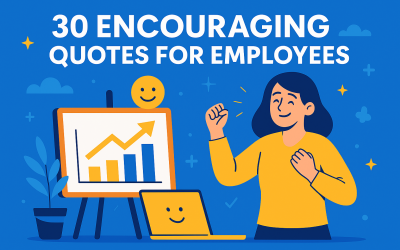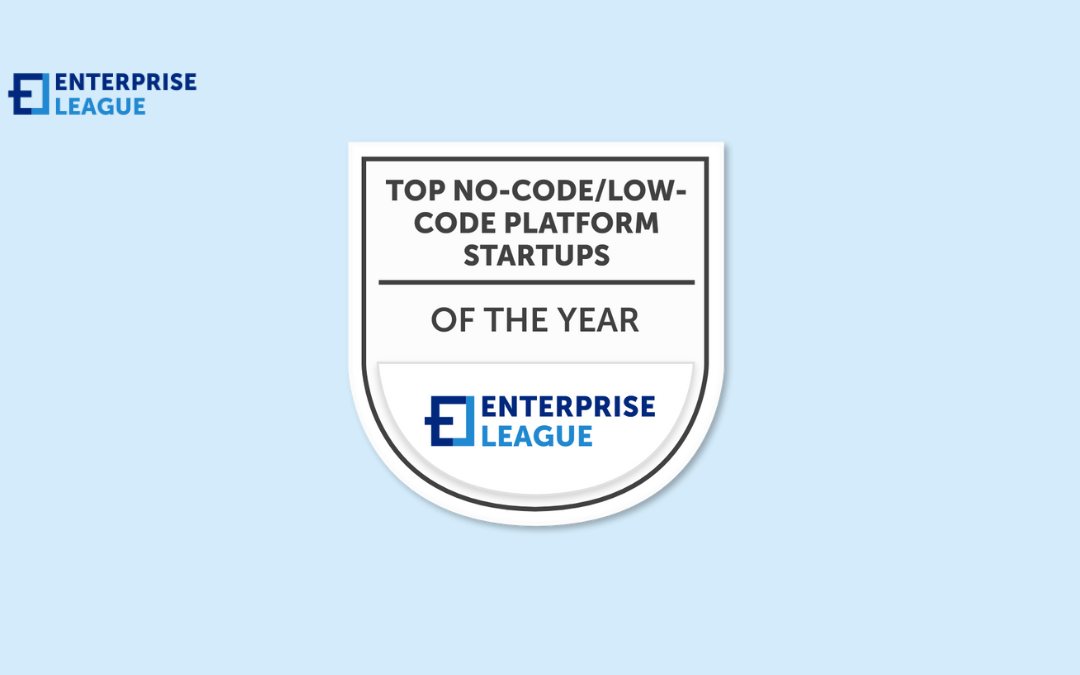From beginner challenges to advanced features, our Holiverse review article covers it all with authentic insights from regular participants and power users.

What are the key steps in evaluating business efficiency
Improving your business efficiency isn’t just about cutting costs or speeding up operations – it’s about working smarter to get better results. Whether you’re focusing on smooth workflows, maximizing resources, or building customer satisfaction, evaluating how efficiently your business runs is crucial for long-term success. But where do you even begin?
It might seem overwhelming at first, especially when so many moving parts are involved. When you break the process down into key actionable steps, you can identify areas that need improvement and implement changes that truly make a difference.
From assessing what’s already in place to leveraging technology and measuring results consistently, these strategies provide a clear path forward. Let’s dig into how you can evaluate and enhance efficiency effectively step by step.
Assess current processes
Taking a closer look at your current processes is the first step in evaluating business efficiency. Start by mapping out how tasks are performed, from start to finish, and look for areas where things might be slowed down, or resources are being wasted.
Pay special attention to common bottlenecks, such as communication gaps or overlapping responsibilities between teams.
For a hands-on example, if your business involves parking lot management, assess how vehicles flow in and out or whether space utilization aligns with customer demand. By identifying these inefficiencies early on, you’ll have a solid understanding of what’s working as intended – and where improvements are needed most.
This initial evaluation gives you clear benchmarks to measure success when refining systems down the road while setting you up for stronger overall performance.
Define clear metrics
To evaluate business efficiency, you need measurable and clear metrics tailored to your specific operations. These benchmarks help track progress, identify inefficiencies, and set achievable goals. Start by thinking about what matters most to your business – this could be cost reduction, faster turnaround times, or improved customer satisfaction.
For example, if your focus is on streamlining workflows, metrics like time spent on tasks or error rates make sense. Break these into smaller measurable pieces for easier tracking over time.
The idea is to create actionable insights from the data you collect so that you can pinpoint where adjustments are needed. Well-defined metrics structure your evaluation process and ensure you’re working toward tangible improvements rather than making general changes.
Analyze resource utilization
Understanding how your resources are being used is critical to improving efficiency. Resources include everything from employee time and skills to equipment, technology, and financial investments. Start by reviewing how each area contributes to daily operations.
Are your staff spending too much time on mundane, repetitive tasks? Is your equipment underutilized or outdated? Misallocations like these can lead to waste and missed opportunities.
Analyze what’s truly necessary for key processes and look for ways to optimize or repurpose resources effectively. For example, outsourcing non-core functions could free up internal talent for higher-value tasks.
Adjustments do not always require massive overhauls – sometimes, small resource shifts can yield significant results. By consistently monitoring usage, you pave the way for steady, lasting improvements in business efficiency.
Incorporate technology tools
The right tools can handle those boring, repetitive tasks that eat up your time, cut down on mistakes, and help your team stay in the loop without endless email chains.
Take a look at where your team gets stuck most often. Maybe it’s trying to keep track of projects in spreadsheets when project management software could do it better. Or maybe you’re sitting on a gold mine of data but need the right tools to make sense of it all. And if you’re juggling customer info across different places, a good CRM system can be a game-changer – everything’s right there at your fingertips.
The whole point is to free up your team to tackle the big stuff instead of getting bogged down in busy work. Just remember the business world doesn’t stand still, so keeping your tech up to date is like making sure you’re not bringing a flip phone to a smartphone fight.
Review performance regularly
Regular checkups on how things are running can save you major headaches down the road. What works like a charm today might not cut it next year as your business grows or things change in your industry. Pick a schedule that makes sense for your business – maybe that’s every month, every few months, or once a year.
When you sit down to look things over, examine the metrics and see how they stack up against your past numbers. Keep an eye out for any patterns – are certain areas consistently causing bottlenecks? Are your improvements actually paying off? Don’t forget to ask your team what they think they’re in the trenches every day and usually know exactly where the hold-ups are.
Making these check-ins a regular thing helps create a workplace where everyone’s always looking for ways to do better, instead of just putting out fires when they pop up.
Conclusion
Improving your business efficiency doesn’t have to be a daunting task. If you take these steps, you’re setting your organization up for smarter processes, better resource use, and stronger results. Start small but stay consistent change happens over time with regular effort.
Take a closer look at your current workflows and ask yourself where improvement is possible. Every tweak you make adds value to the bigger picture. Ready to create real change within your business? Start evaluating today, turn insights into action, and watch your business grow!
More must-read stories from Enterprise League:
- The only list of novels for entrepreneurs that you will ever need.
- Profitable online education business ideas that you should be aware of.
- Learn about all the tips and apps you need to successfully manage a remote team.
- Get entertained and educated with some of the best business movies.
- Getting your product in stores doesn’t have to be complicated.
Related Articles
Holiverse reviews: participant insights on the progression of digital worlds
Dark horse cryptocurrencies to watch in 2025
Explore these underdog digital assets, each harboring unique features and innovative approaches that distinguish them from the mainstream cryptocurrency market.
Emerging trends in data labeling for 2025
Behind every great AI is meticulously labeled data. Learn which emerging annotation methods in 2025 will help companies build more capable and trustworthy AI.
30 encouraging quotes for employees when times get tough
When your team needs a boost, these encouraging quotes for employees go beyond surface-level motivation to face real workplace challenges with honesty and hope.
Why Cloudzy stands out among VPS hosting providers for 2025
Let’s see if Cloudzy VPS is worth it through our analysis of services, performance tests, pricing, support, and alternatives. Get the facts before you decide.























